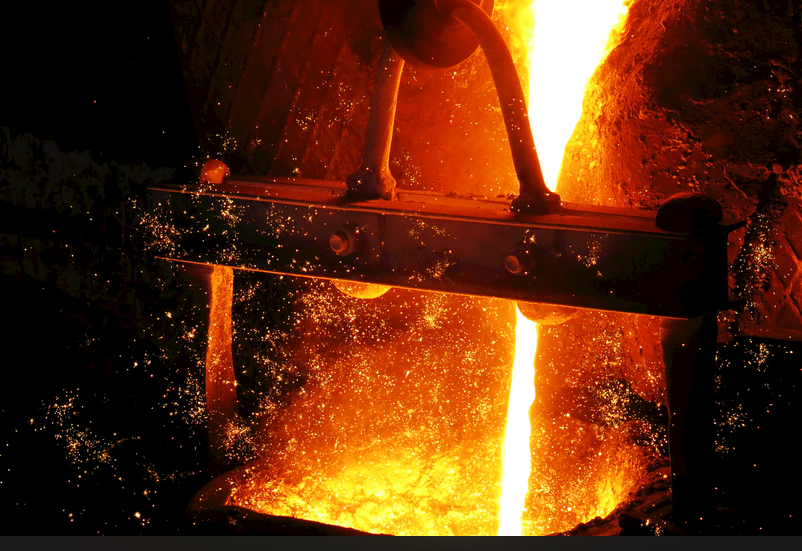Blog
Precision Casting Industry
Precision casting, a manufacturing process that has been refined over centuries, plays a crucial role in numerous industries today. This blog will delve into the history, techniques, advantages, and future of precision casting.

A Brief History
The origins of casting can be traced back to ancient civilizations, such as the Egyptians and Chinese, who employed basic methods to create tools, ornamental objects, and weapons. The technique evolved significantly during the Middle Ages, with the introduction of more advanced metallurgical knowledge. By the 20th century, precision casting emerged as a specialized field, utilizing advancements in technology and materials. Rapid developments in the aerospace and automotive sectors further propelled the need for precision casting, leading to innovations that improved accuracy and efficiency.
The Precision Casting Process
Precision casting, often referred to as lost-wax casting or investment casting, involves creating a wax model of the desired part, which is then coated with a heat-resistant material to form a mold. Once the mold is heated, the wax is melted and drained away, leaving a cavity in the shape of the desired object. Molten metal is then poured into the mold, creating precise and intricate components.
This process can be broken down into several steps:
1. Wax Pattern Creation: Producing a detailed wax replica of the final part.
2. Mold Preparation: Coating the wax pattern with a ceramic shell to create a strong mold.
3. Melting: Heating the mold to remove the wax and harden the shell.
4. Metal Pouring: Pouring molten metal into the cavity of the mold.
5. Finishing: Removing the mold and finishing the cast part to meet specifications.
Advantages of Precision Casting
Precision casting offers several advantages that make it a preferred choice for many manufacturers:
1. Exceptional Accuracy: This process allows for the creation of highly detailed and complex geometries with tight tolerances.
2. Material Versatility: A wide range of metals and alloys can be used, making it suitable for diverse applications.
3. Cost-Effectiveness: While the initial setup may be more expensive, precision casting often results in lower production costs for large quantities due to minimal waste and reduced machining needs.
4. Strength and Durability: The casting process can produce parts that are not only lighter but also exhibit high strength properties, which are crucial for demanding applications, such as in aerospace and automotive sectors.
The Future of Precision Casting
Looking ahead, the precision casting industry is poised for growth. Advancements in technology—particularly in automation and materials science—are likely to drive innovations. The integration of digital tools, such as 3D printing, is also making waves in creating more complex patterns that were previously challenging to achieve.
Sustainability will play a key role in shaping the future as manufacturers strive to adopt eco-friendly practices. The use of recycled materials and energy-efficient processes is becoming increasingly important, aligning with global sustainability goals.
In conclusion, precision casting has a rich history and a promising future. As industries continue to evolve, this versatile manufacturing process will remain a cornerstone of innovation, enabling the creation of intricate components that meet the demands of modern engineering. The journey of precision casting is far from over, and its evolution will undoubtedly continue to shape our technological landscape for years to come.
RELATED NEWS
- Debunking Common Misconceptions About Casting Products 2024-07-01
- MACHINING OF QUICK COUPLERS 2023-03-02
- Market Analysis of Precision Casting 2024-09-26
- Advances in Precision Casting Equipment 2024-02-29
CATEGORIES
LATEST NEWS
CONTACT US
Contact: Susan
Phone: +86185 0588 9333
E-mail: lihuacastings@vip.163.com
Whatsapp:+86185 0588 9333
Add: 1588 Jiangnan Road Ningbo High-tech Industry zone
